[:en]
Kitsugansai Festival on Kohama island is a colourful spectacle for the outsider. During this ‘wishes are fulfilled’ festival, Kohama inhabitants thank the kami (gods) for a good harvest and for new harvests to come. I was here to experience this colourful and spiritual festival. Kitsugansai is every year around November.
SHAMAN
The shaman has an important role during traditional festivals such as Kitsugansai and Hounensai, both harvest festivals. Japanese shaman are traditionally female and it passes from mother to daughter or cousin. They are an intermediary between humans and kami (gods), it is said they can predict the future. Local people invite the shaman for advise on several decisions. Although they do unusual things, shamans still take part of every day life and also have families.
From the day before the festival until the end, the shaman stays at the sacred place in the village together with other priestesses.
The locals chose the present shaman in Kohama, which isn’t the traditional way. Because Kohama island is small and young people move to mainland Japan or other city areas, the traditional shaman family tradition couldn’t survive. With the possibility of a chosen shaman, the tradition evolves and continues.
KITSUGANSAI FESTIVAL KOHAMA
‘Kitsugansai means ‘fulfilled wishes’ festival’. For the local people of Kohama island this is a festival to look forward to. The performers practice a whole year for this specific day. It’s an honour to be part of the performing group. Nowadays also people from other places in Japan, which can show a deep understanding and love for the Yaeyama culture and live in Kohama, can join the performance.
After sunrise, the performers prepare, help each other to get dressed and practice the dance steps.
The festival takes place in the eighth month of the moon calendar. During the Kitsugansai festival, the south and north village join each other to thank the kami for fulfilling the wishes and for new wishes to come. Performers dance, make music and sing about marriage, nature and harvesting. Every village has their own god.
The god of one village:
And this the other, do you see the differences?:
The colourful head ware represent animals believed to bring good luck.
Information on how to go to Kohama island from one of the other islands, find it here.
[:nl]
Het Kitsugansai festival op Kohama eiland is een kleurrijk spektakel voor de buitenstaander. Het festival wordt gehouden om de goden te bedanken voor afgelopen oogst en ook de toekomstige wensen en oogst. En dat wordt gedaan op een bijzondere manier, met dans, muziek en een sjamaan. Ik was erbij om dit bijzondere festival mee te maken. Dit jaar wordt het festival gehouden op zondag 4 november.
SJAMANISME IN JAPAN
De sjamaan heeft een belangrijke taak rondom traditionele festivals zoals Kitsugansai en Hounensai. Op de yaeyama eilanden wordt nog steeds aan sjamanisme gedaan. Sjamanen zijn in Japan traditioneel vrouwen, hebben een hoog sociaal aanzien en communiceren met de goden (kami). Ze zijn een tussenpersoon tussen de mensen en de goden en voorspellen de toekomst. Ook nu nog worden ze door sommige inwoners om adviezen gevraagd. Dat kan gaan om allerlei beslissingen, bijvoorbeeld het wel of niet kopen van een bepaald huis of stuk land. Sjamanen nemen net als iedereen deel aan het dagelijks leven en hebben ook gezinnen.
De dag voor het festival tot aan het eind van het festival verblijft de sjamaan op de heilige plek in het dorp, samen met andere priesteressen. Op de onderstaande foto zie je hen in wit gewaad.
Omdat Kohama een klein eiland is, is de huidige sjamaan verkozen door het dorp. De traditie kan op dit moment niet doorgegeven worden van moeder op dochter of nicht.
KITSUGANSAI FESTIVAL KOHAMA
‘Kitsugansai’ betekent ‘de wens is vervuld-festival’. Een oudere dame vertelde ons in de vroege ochtend, dat dit de leukste dag van het jaar is voor de inwoners van Kohama eiland. Deze zeldzame traditie wordt doorgegeven van ouders op kinderen. Het is dan ook een hele eer om onderdeel te zijn van het festival. Ze oefenen een heel jaar voor deze speciale dag. Normaal gesproken mogen alleen de mensen die op Kohama geboren zijn, meedoen. Maar soms wordt een uitzondering gemaakt voor degene die de Yaeyama cultuur een warm hart toedragen. Mensen die op Kohama geboren zijn maar ergens anders wonen, komen soms terug naar hun geboorteplek om dit festival te vieren. Iedereen is welkom, ook toeristen.
In de vroege ochtend maakt iedereen zich op, helpt elkaar met aankleden en oefent nog wat danspasjes.
Het festival wordt gehouden in de achtste maand van de maankalender, die in Japan nog veelvuldig wordt gebruikt.
Op het Kitsugansai festival in Kohama komen het zuidelijke en het noordelijke dorp bij elkaar om de goden te bedanken voor het vervullen van de wensen. Er wordt gedanst, muziek gemaakt en o.a. gezongen over het huwelijk, de natuur en de oogst. Elk dorp heeft zijn eigen god, er worden dan ook twee op elkaar lijkende ceremonies achter elkaar gehouden.
Dit is de god van het ene dorp:
En dit de god van het andere dorp (zoek de verschillen):
De dieren op de kleurrijke hoeden brengen volgens de Japanners geluk.
Hoe je vanaf één van de andere eilanden naar Kohama kunt gaan met de ferry boot, vind je hier.
[:]

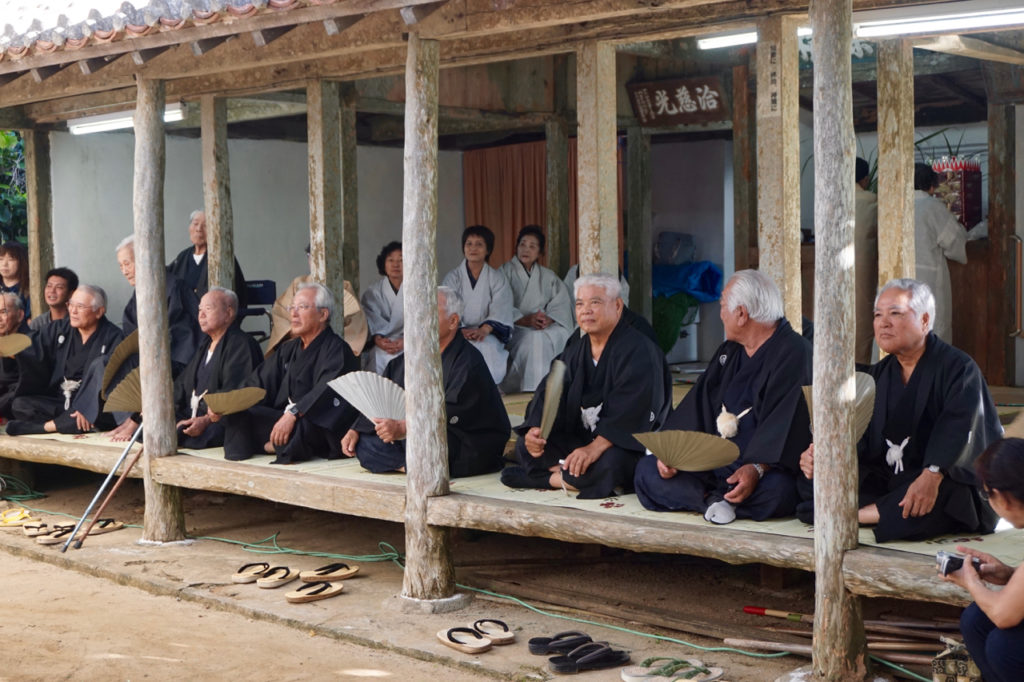
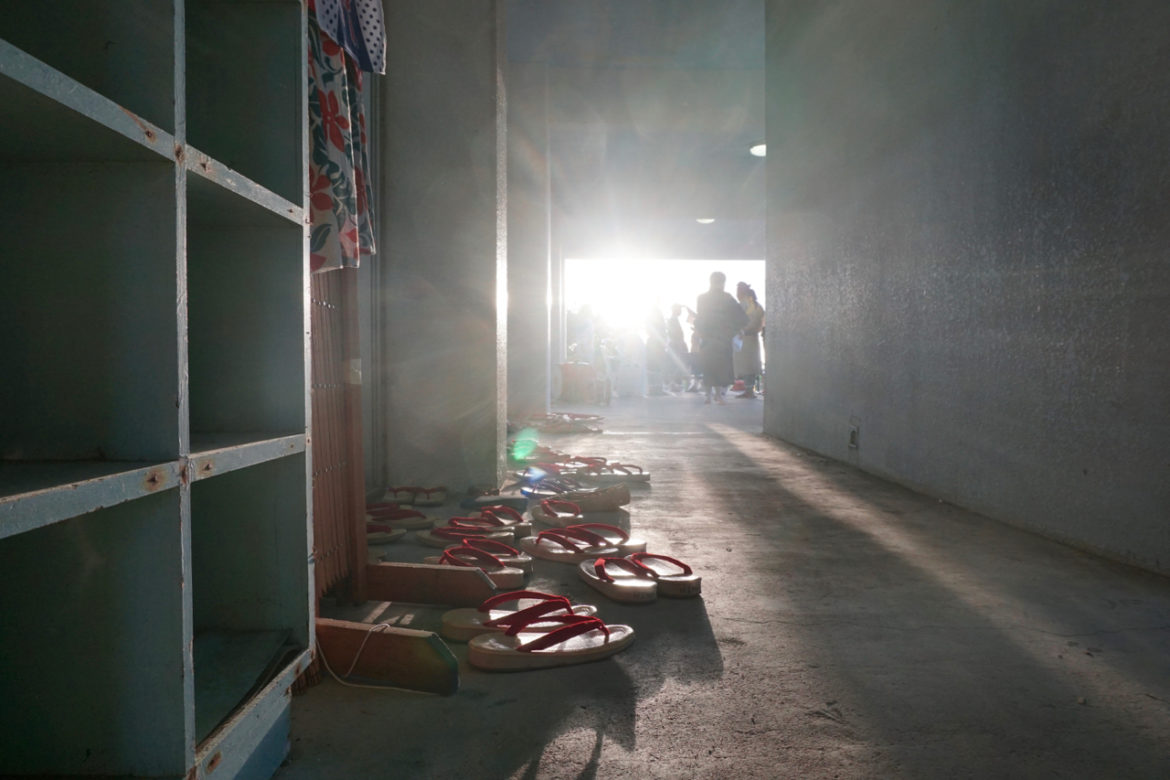
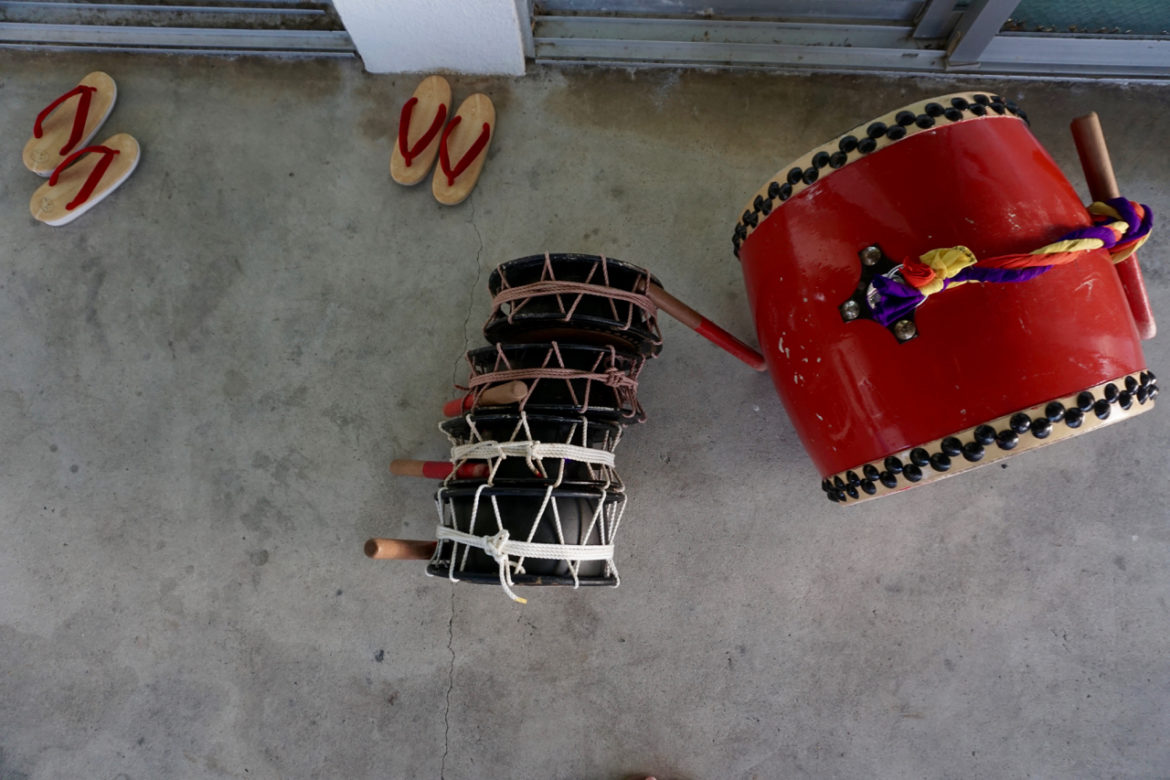
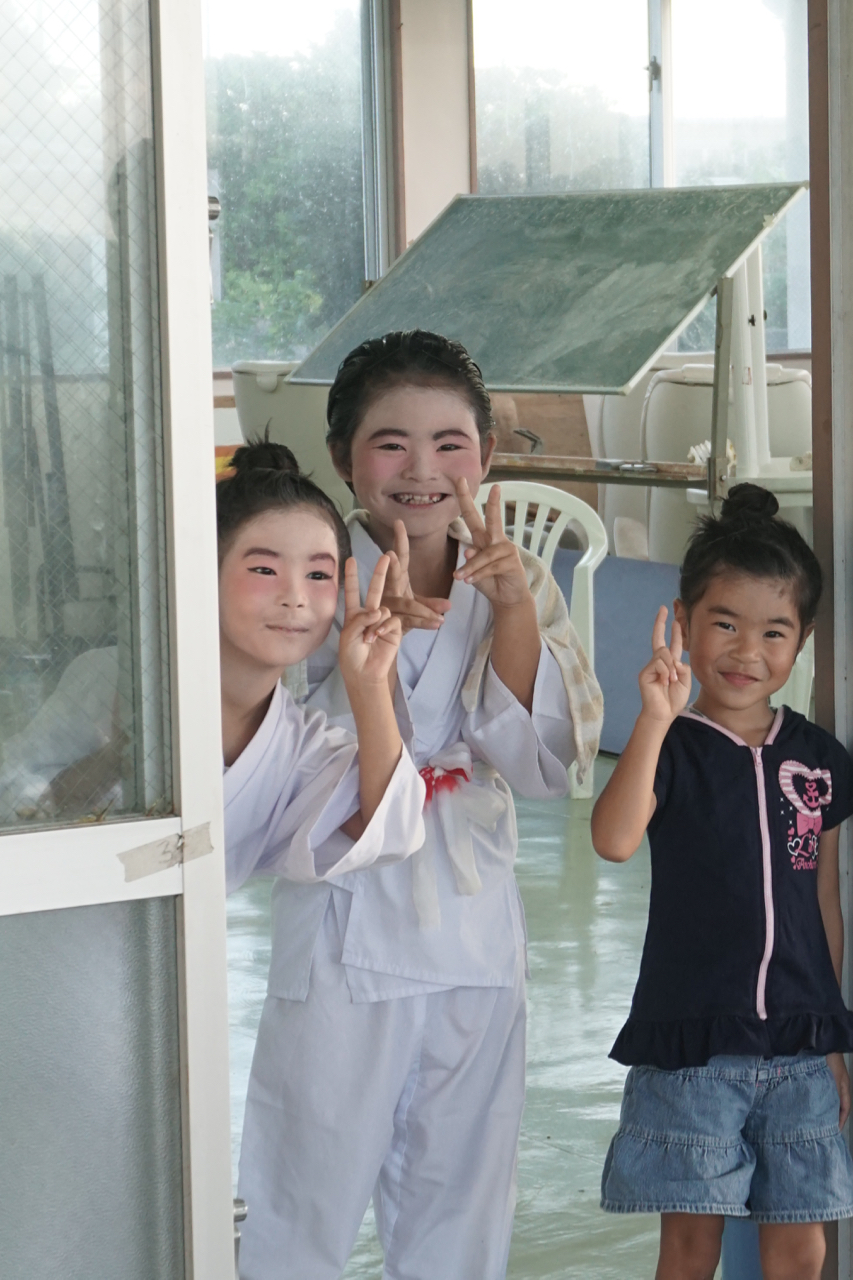
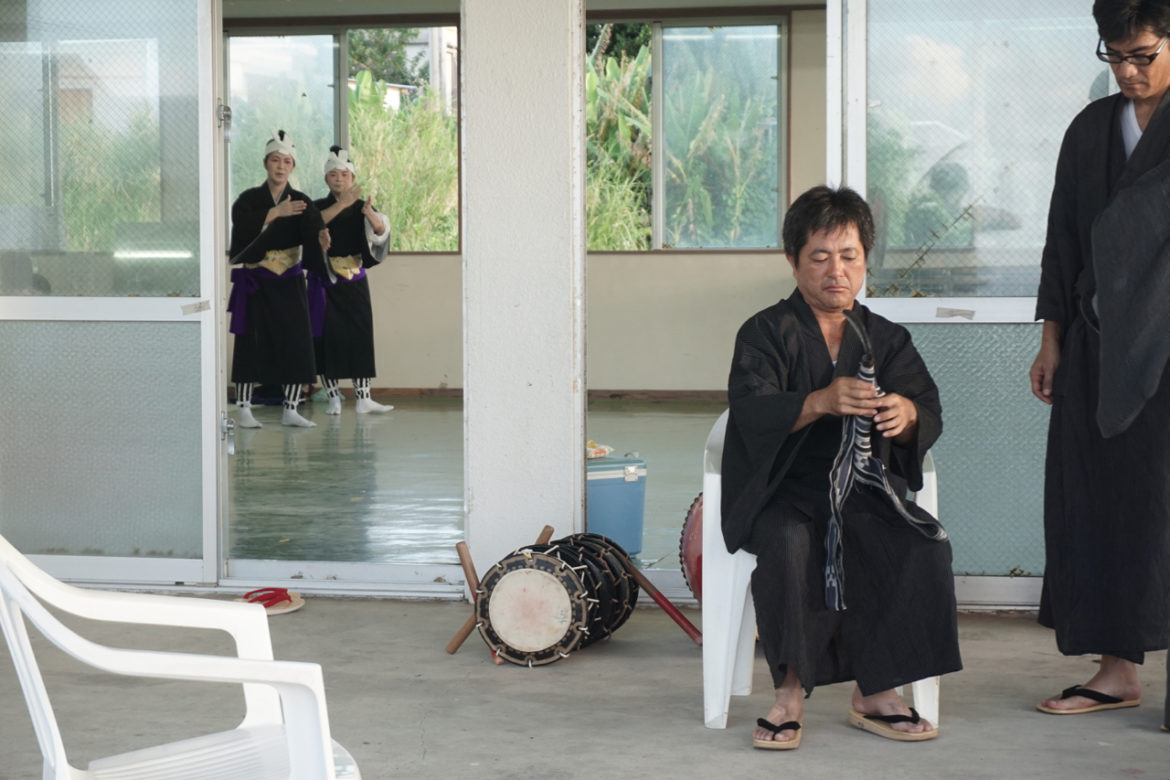
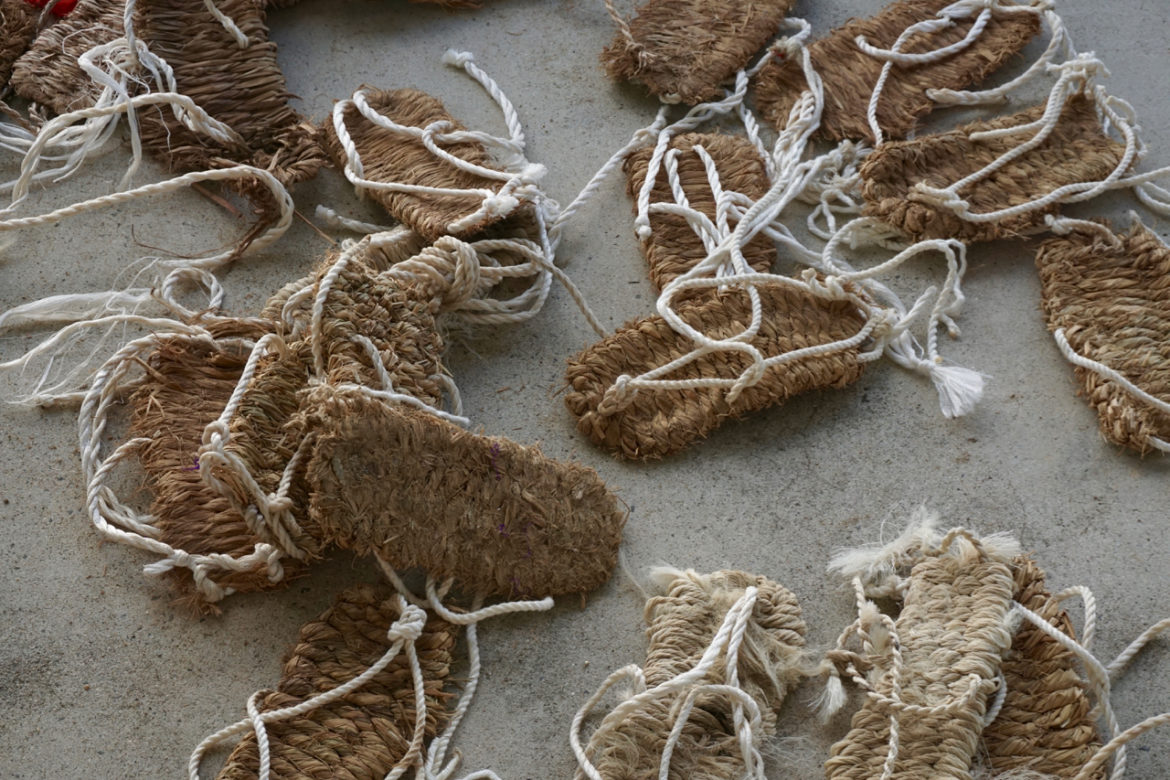


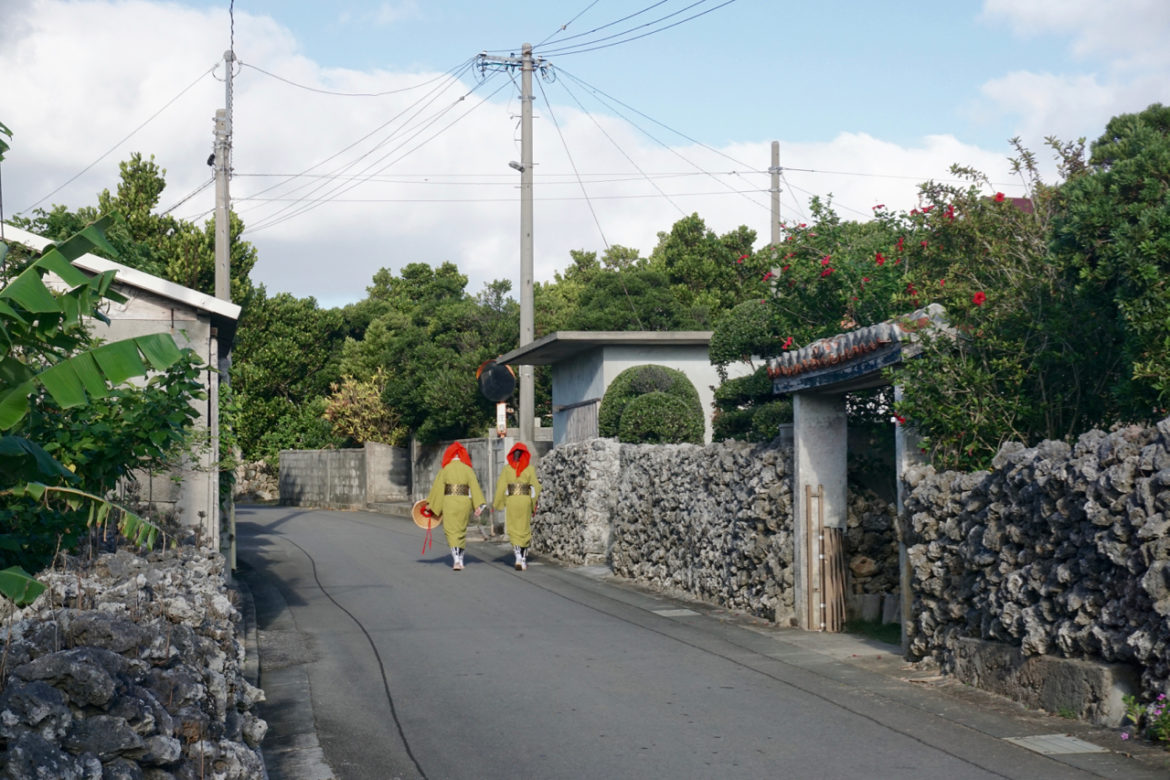
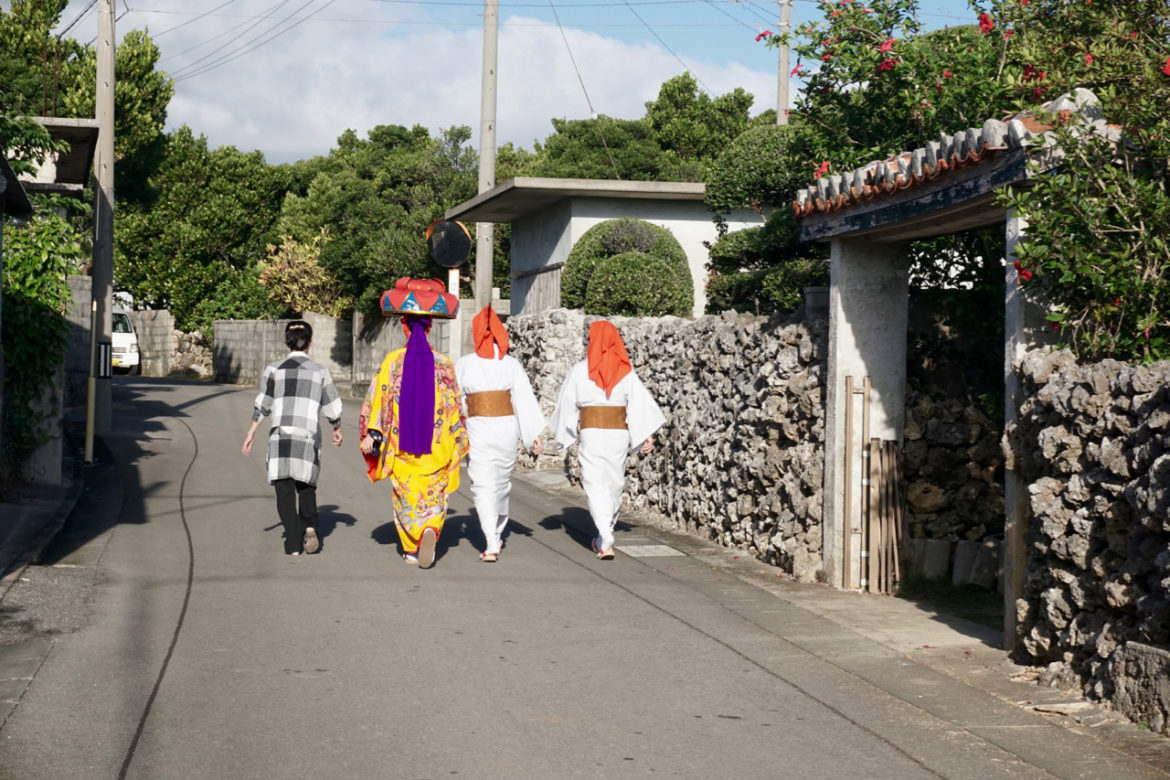
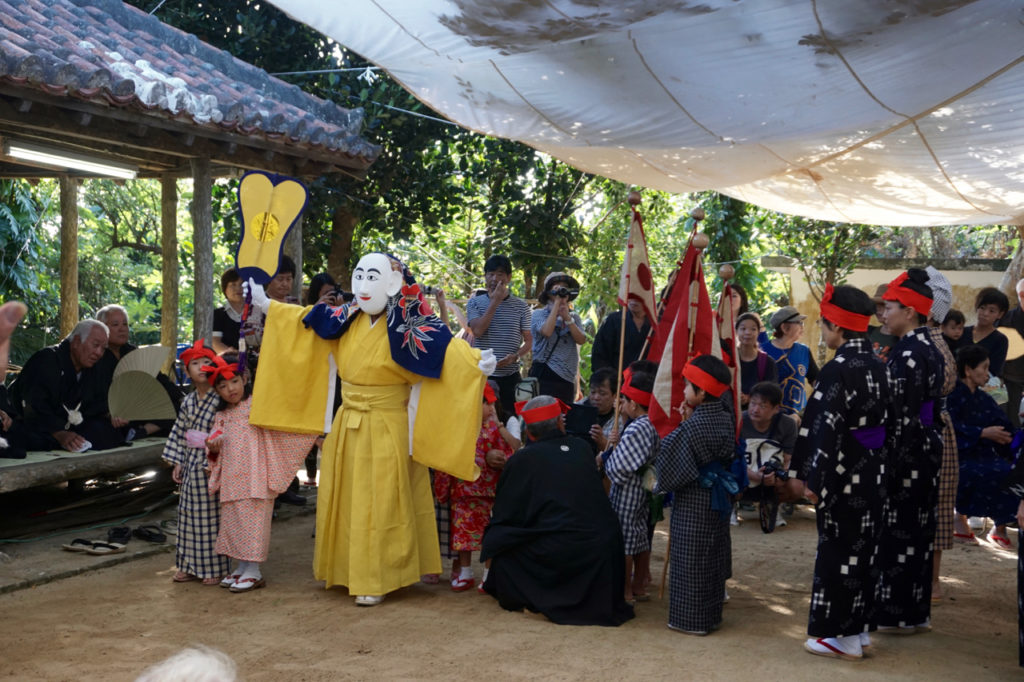
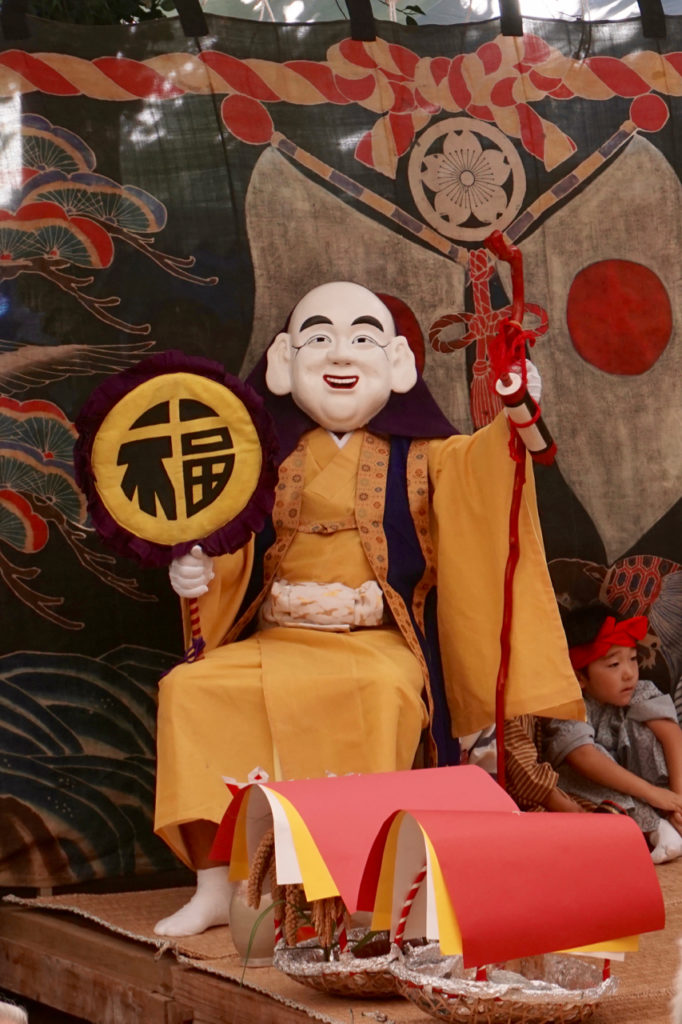
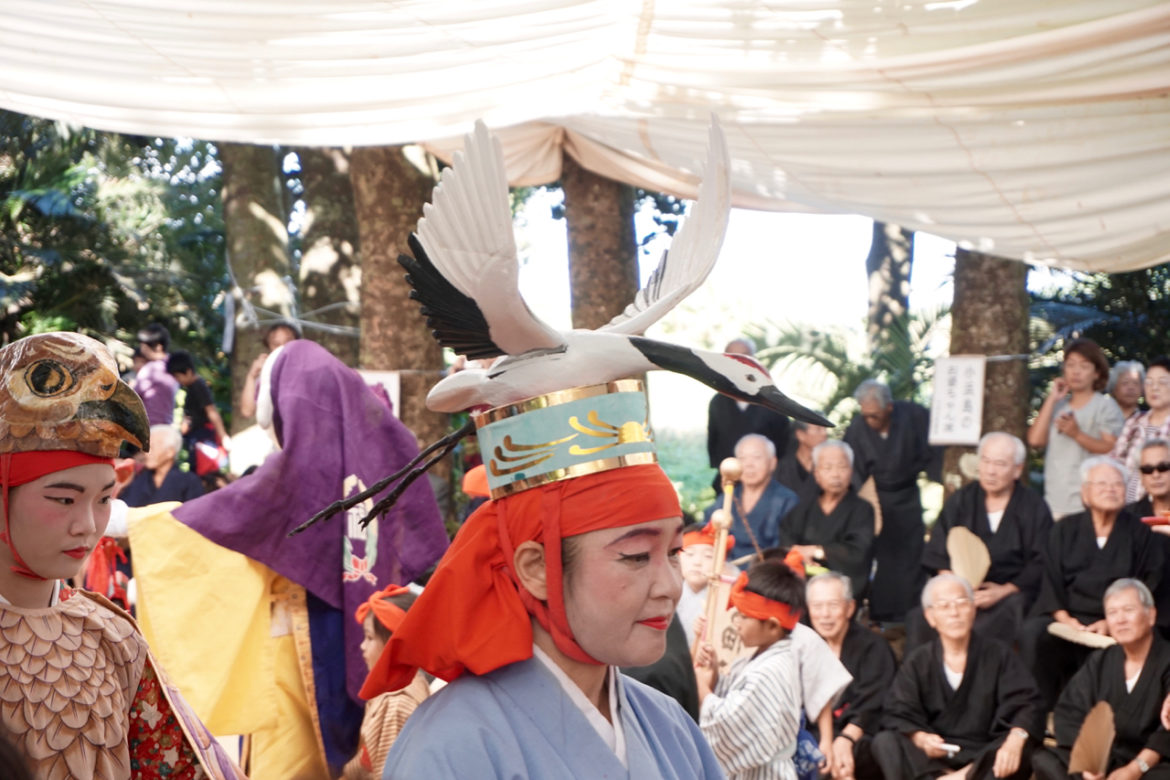
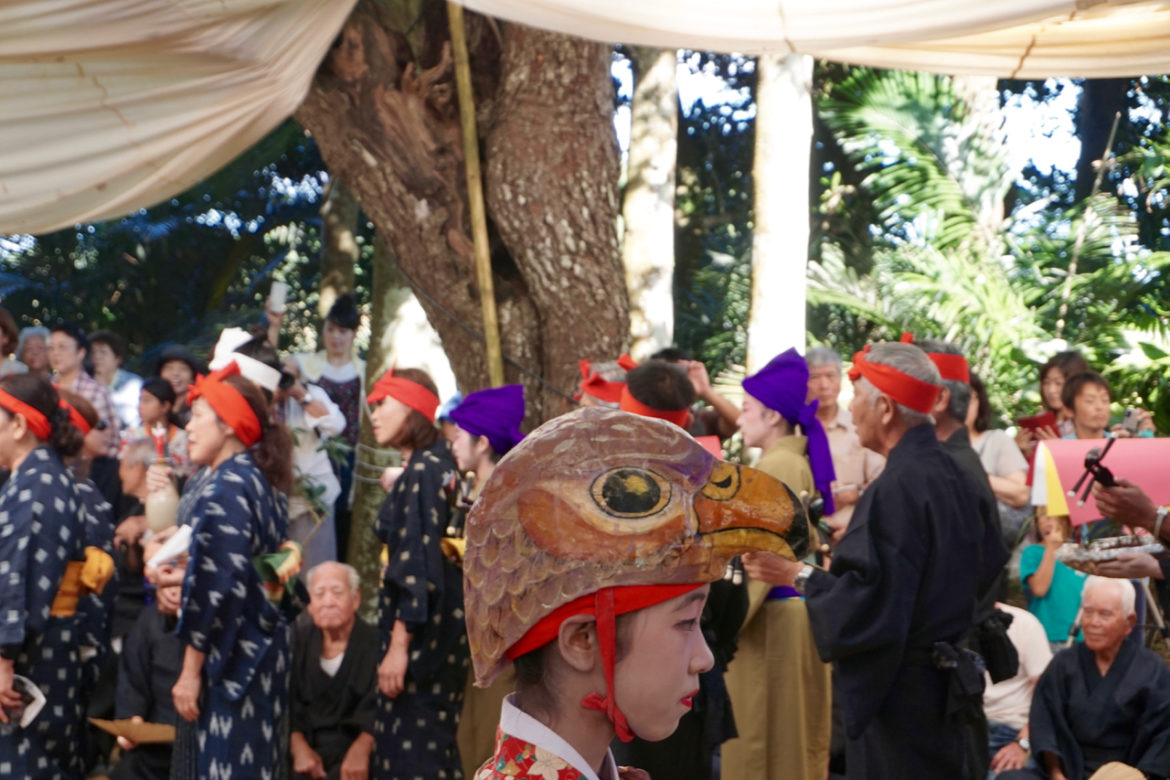
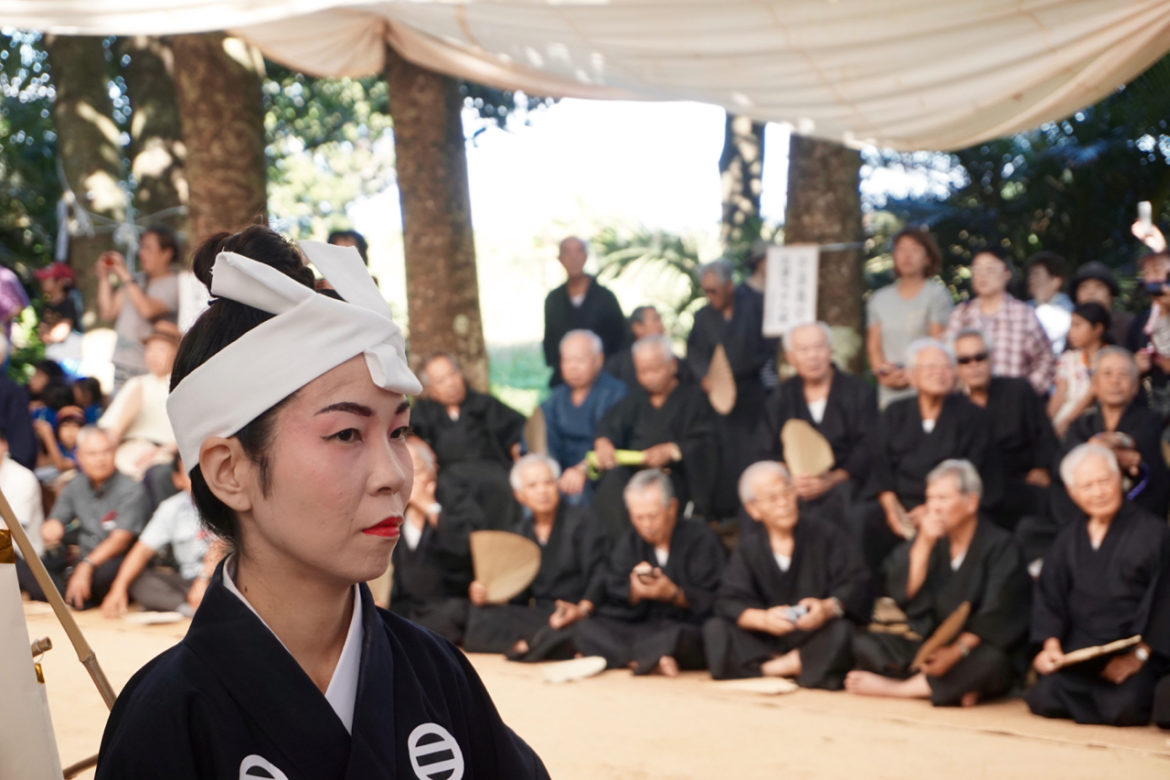
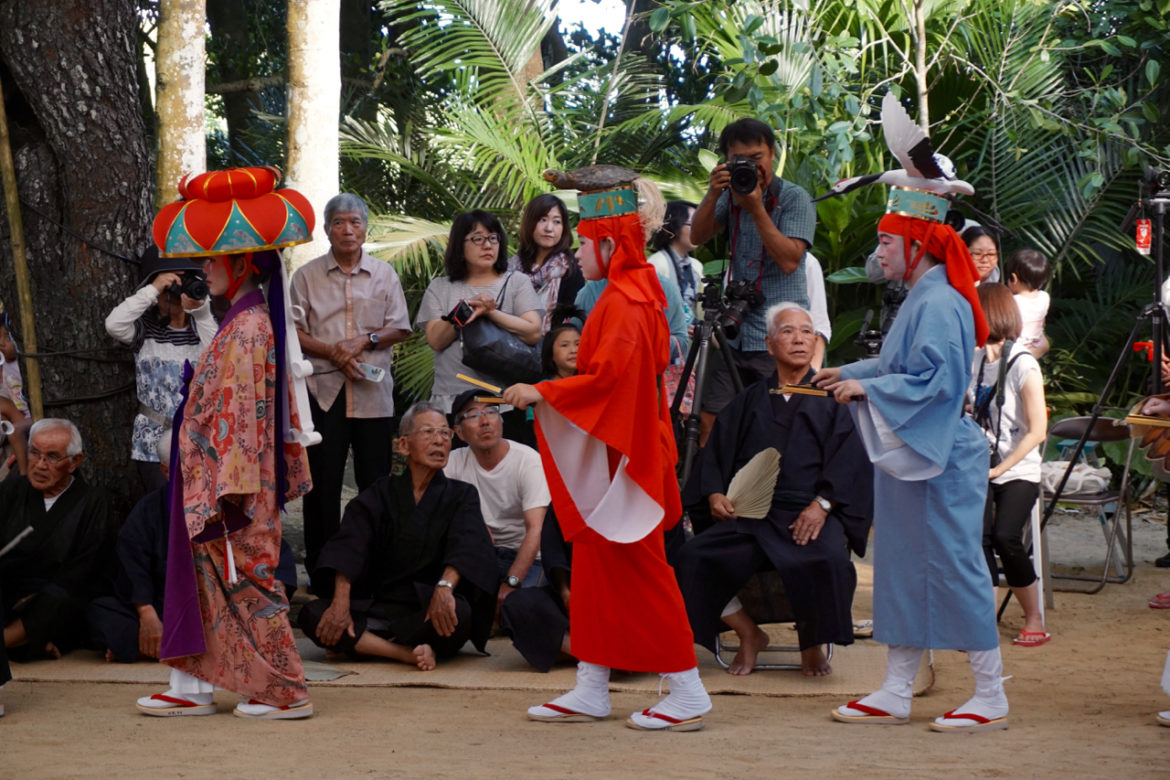
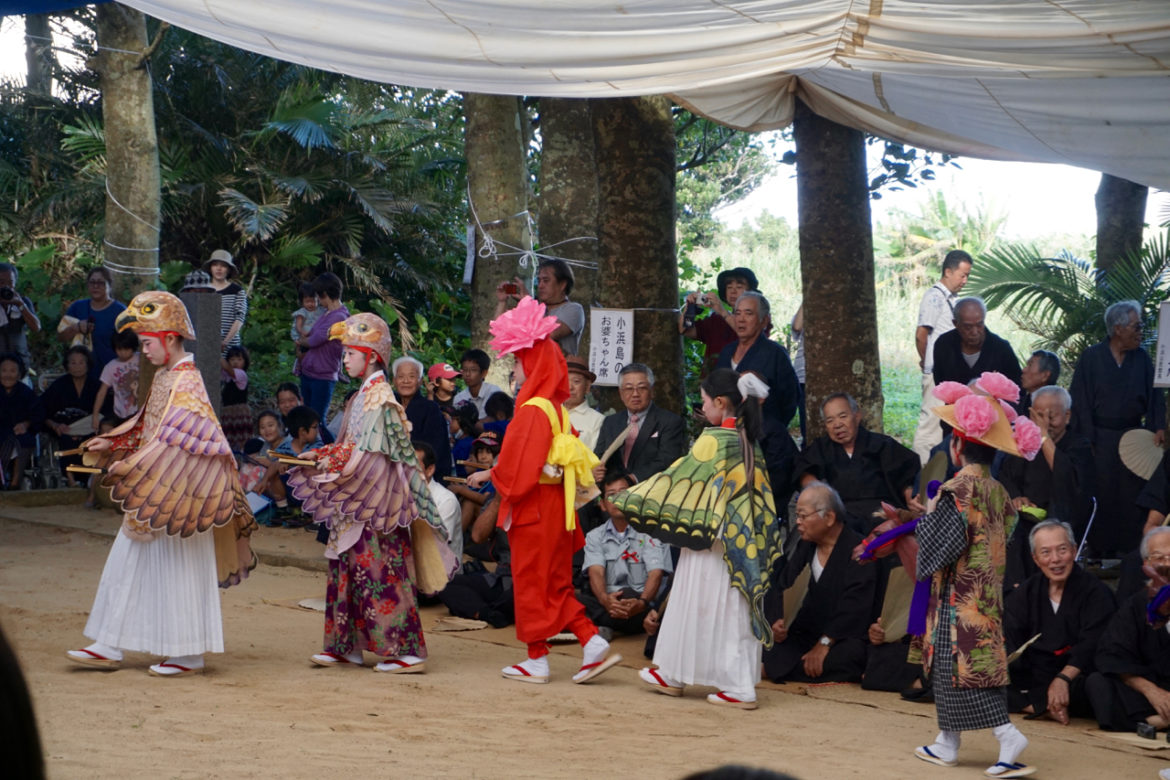
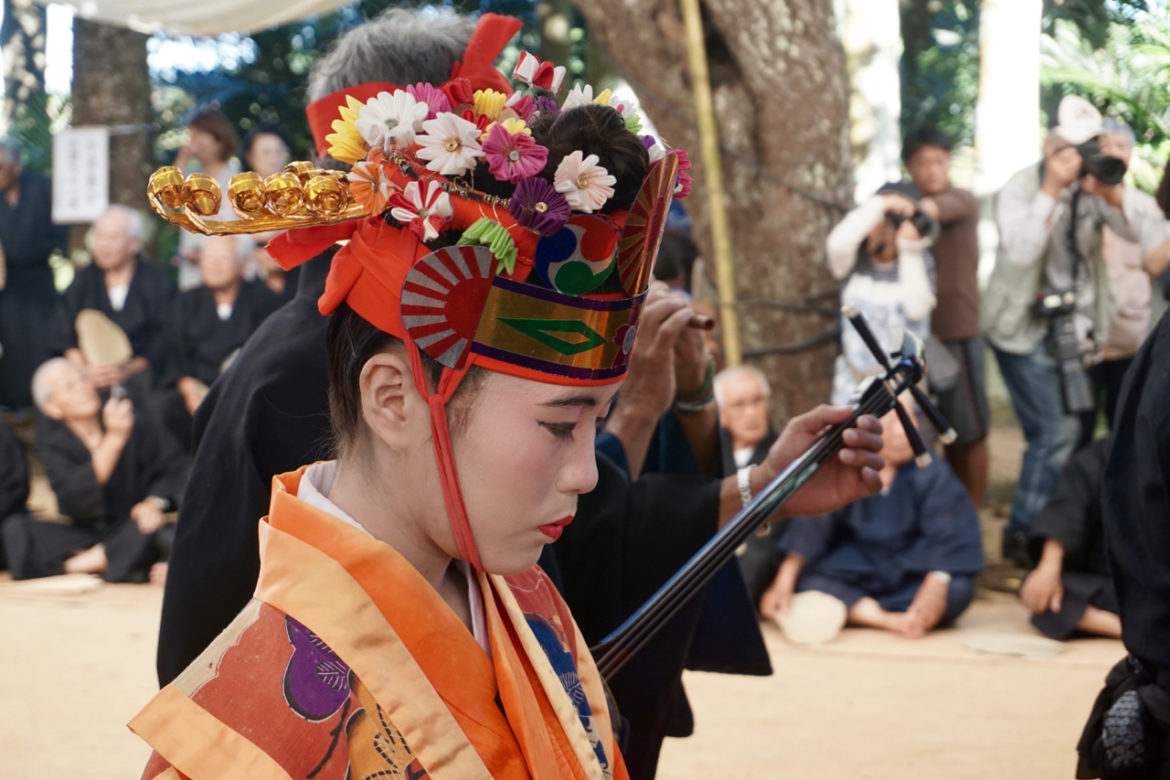
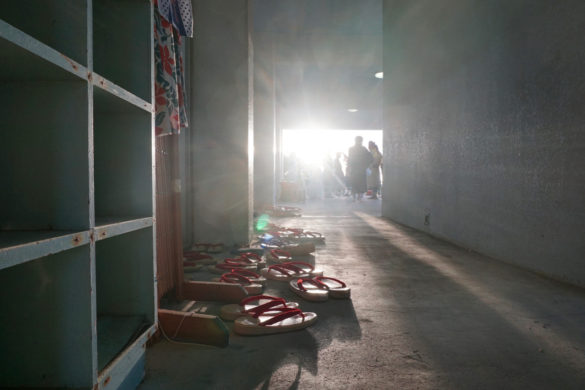
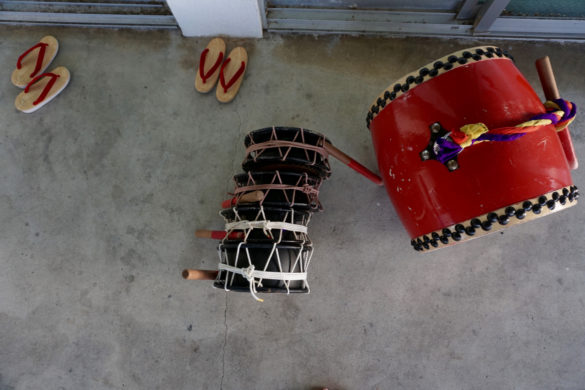



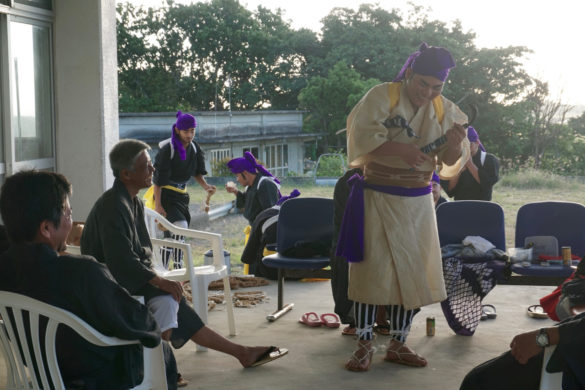

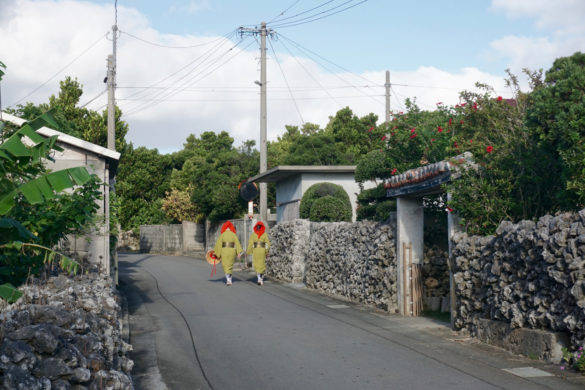
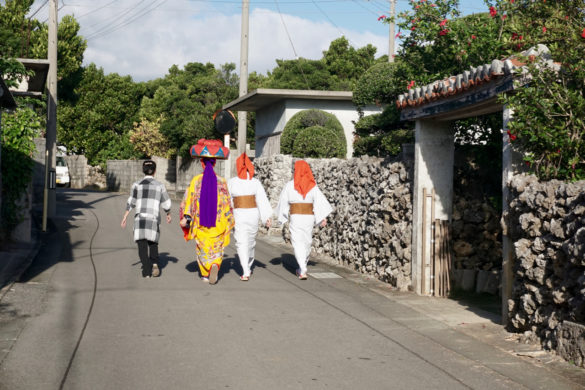
1 comment
… [Trackback]
[…] Read More here: discoveryaima.com/kitsugansai-festival-kohama/ […]